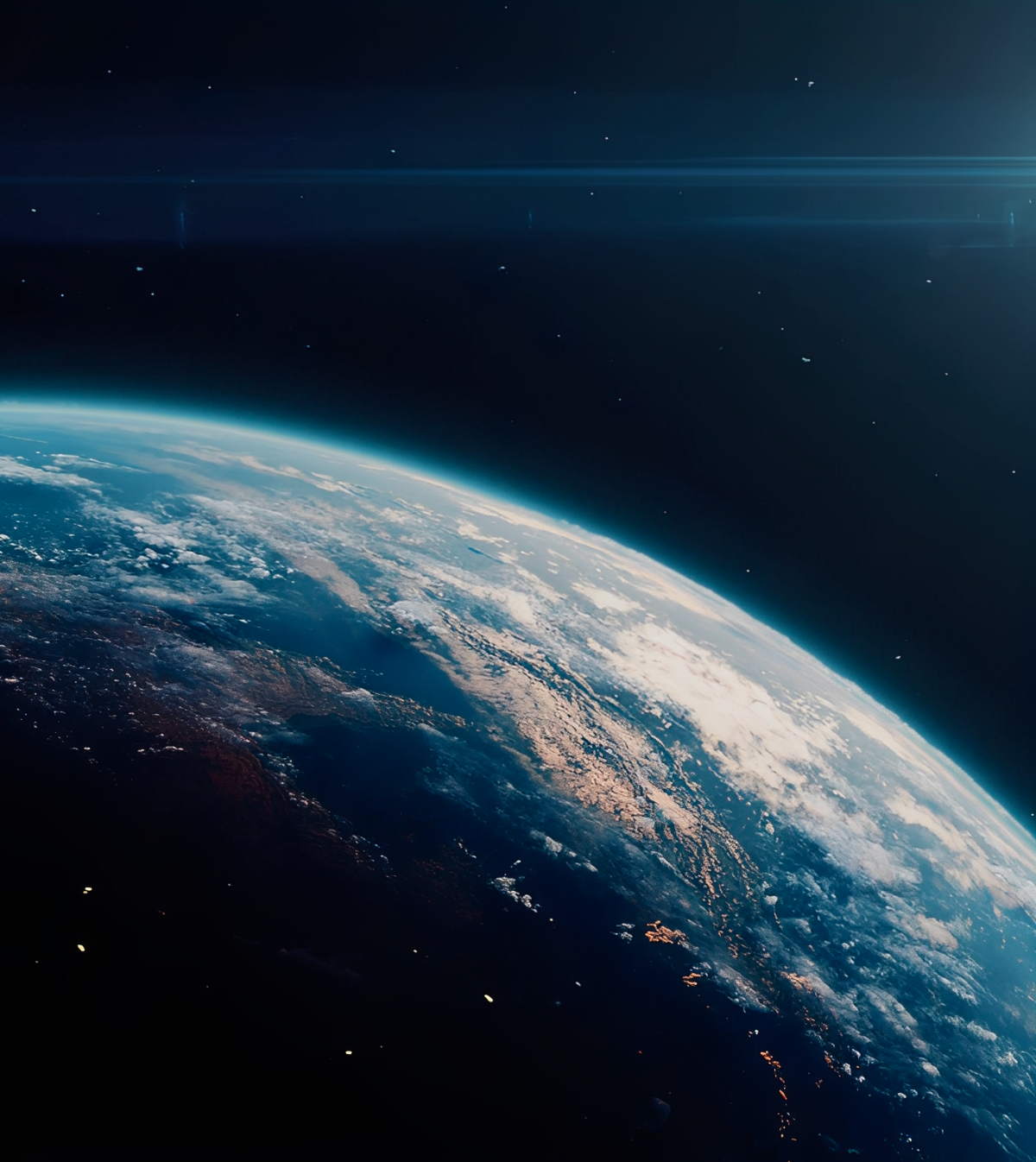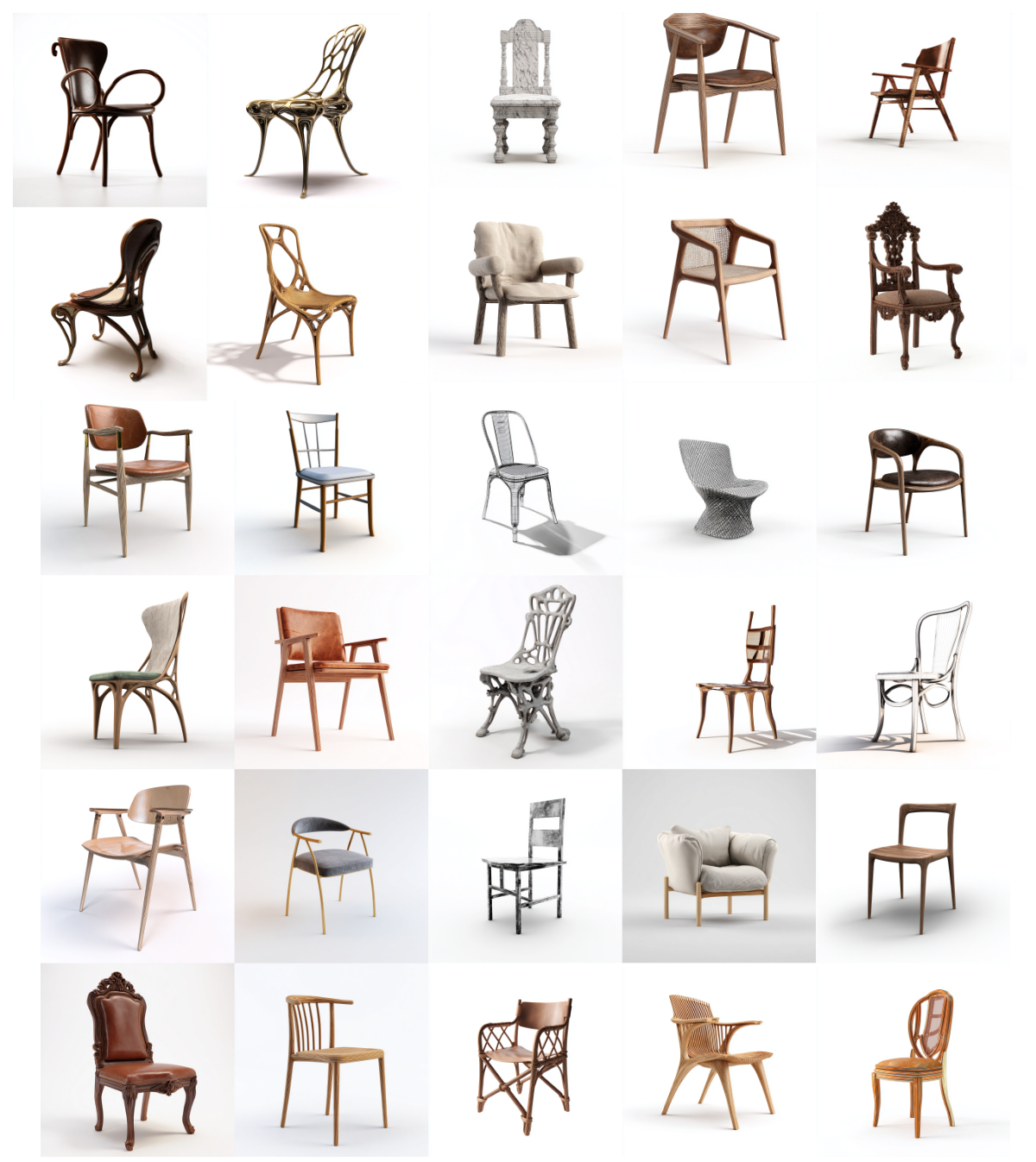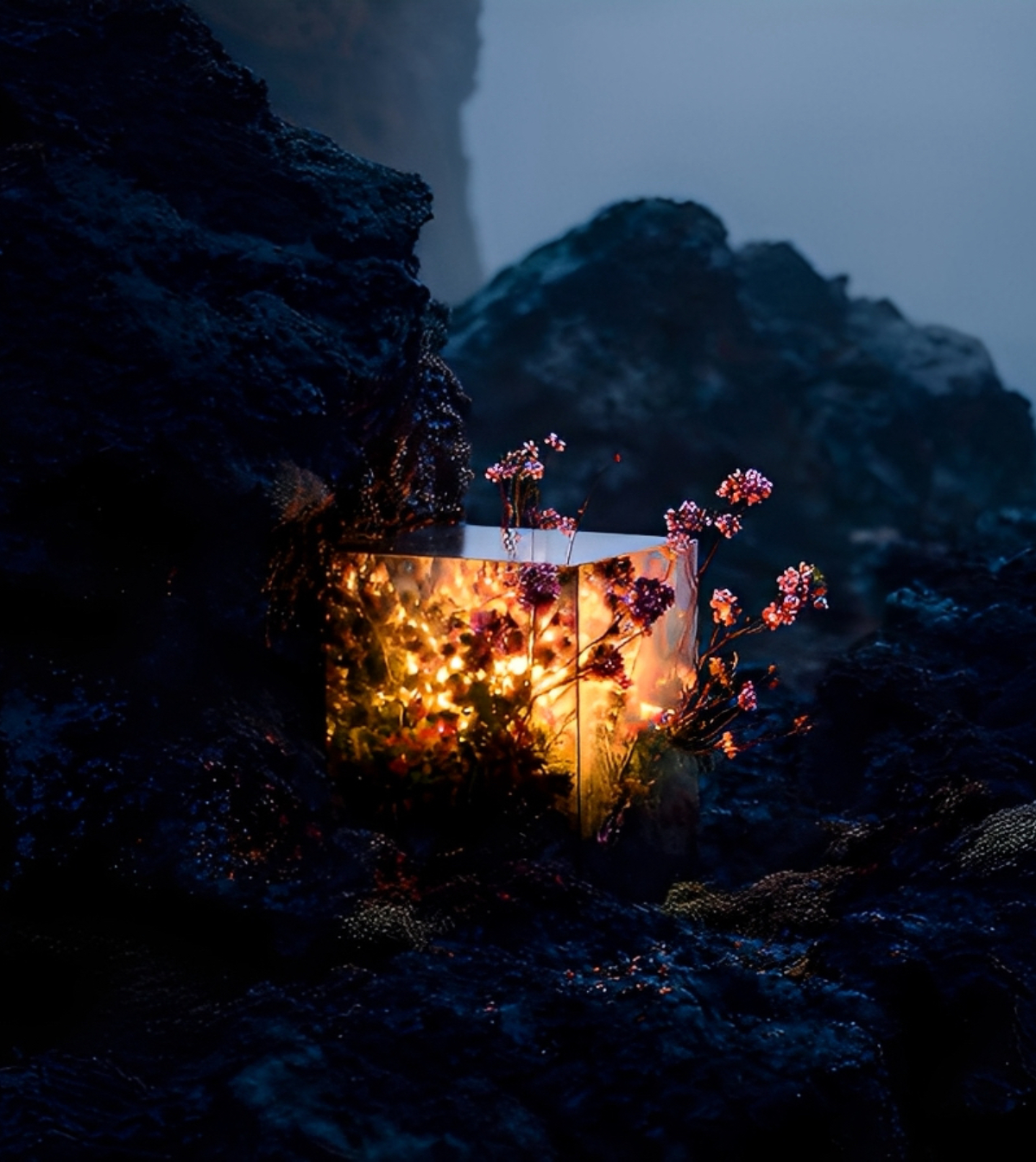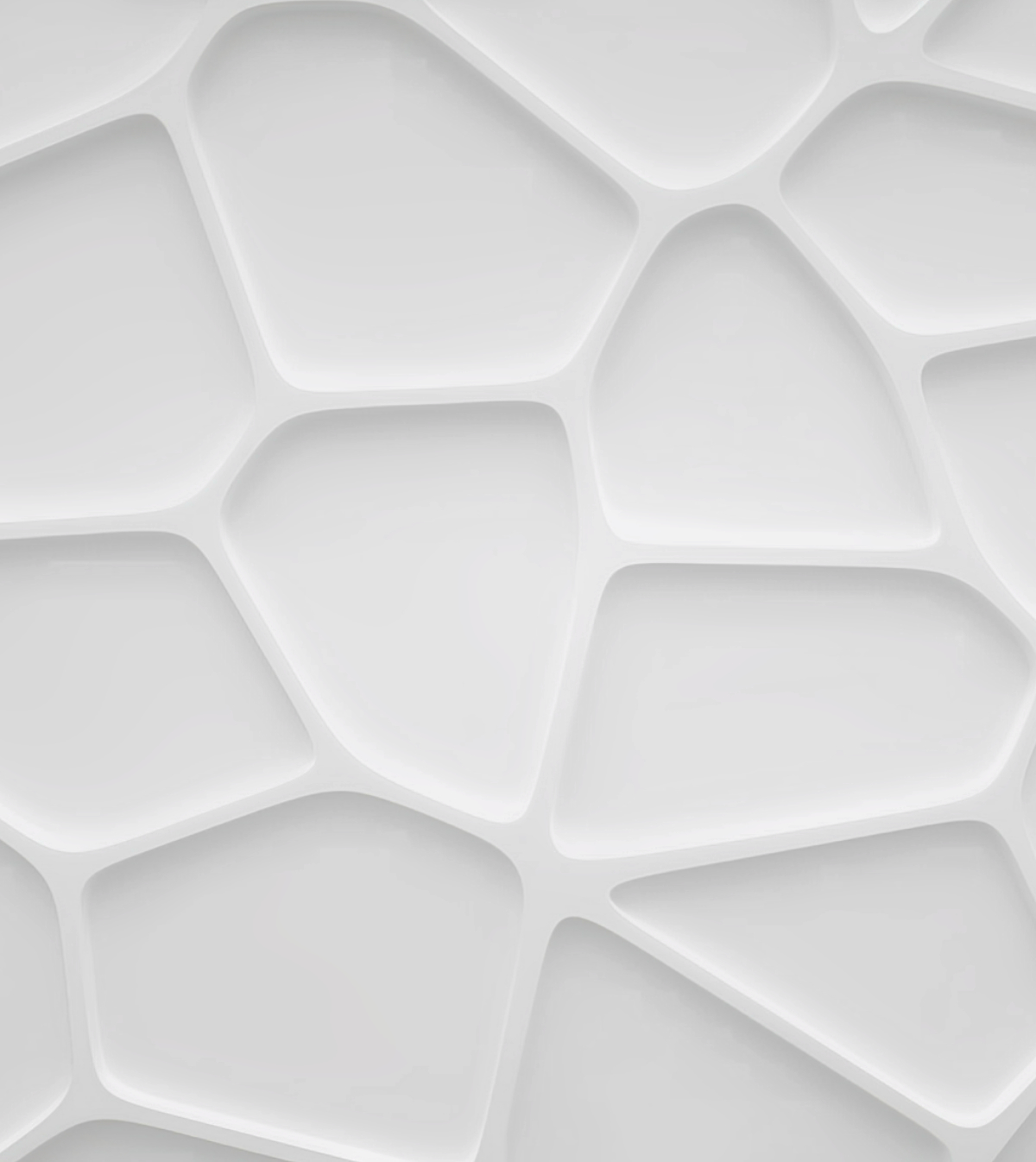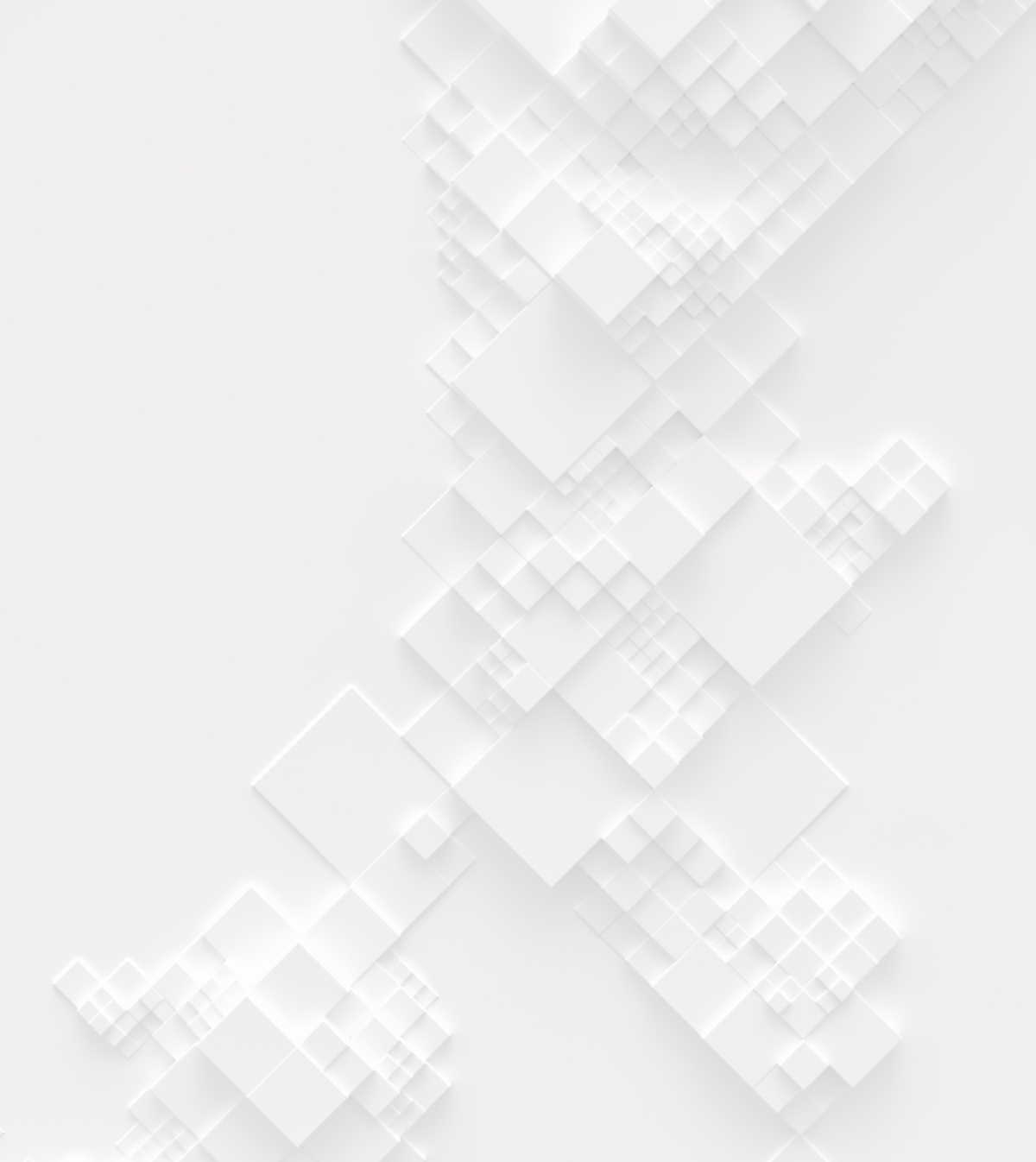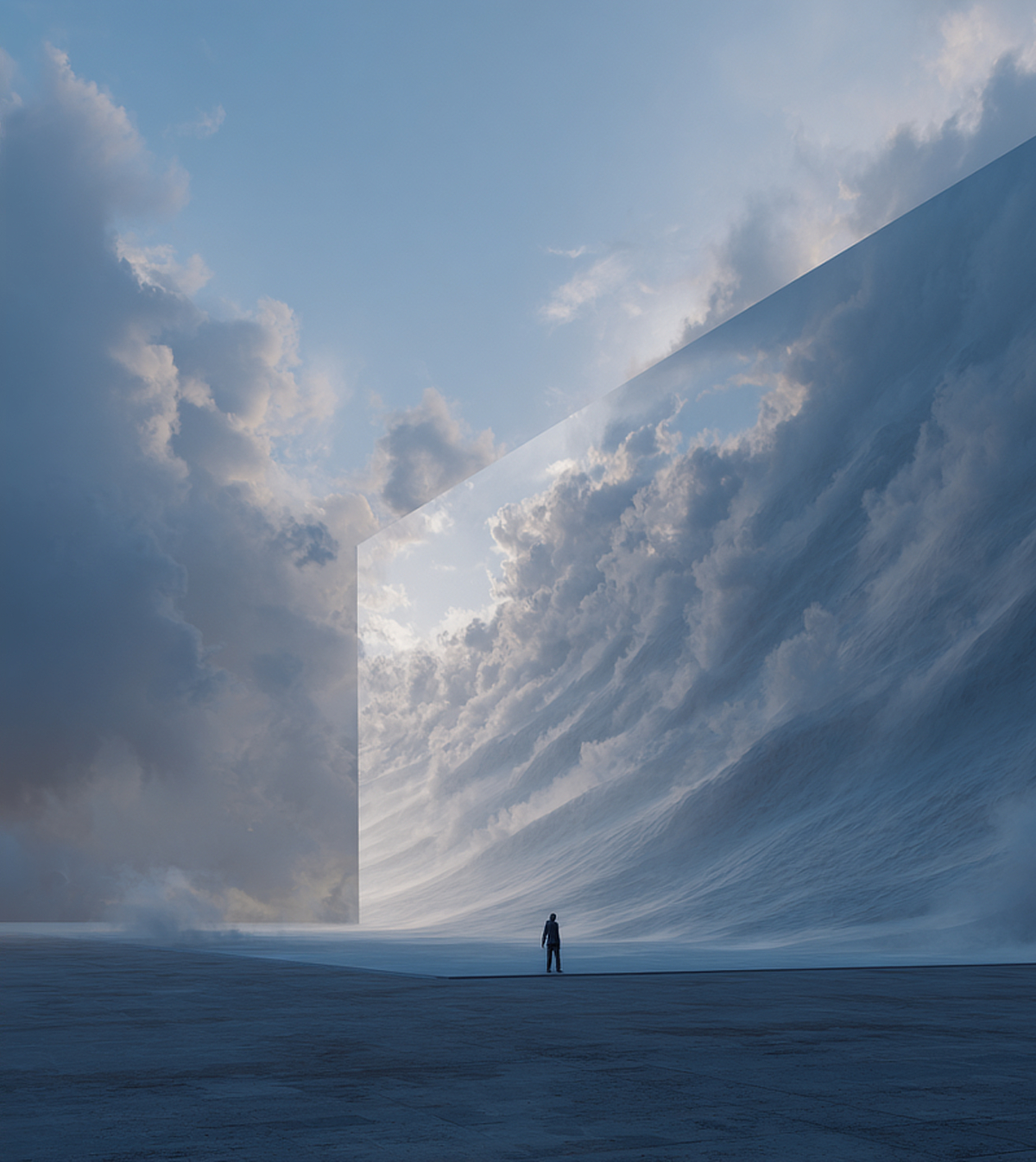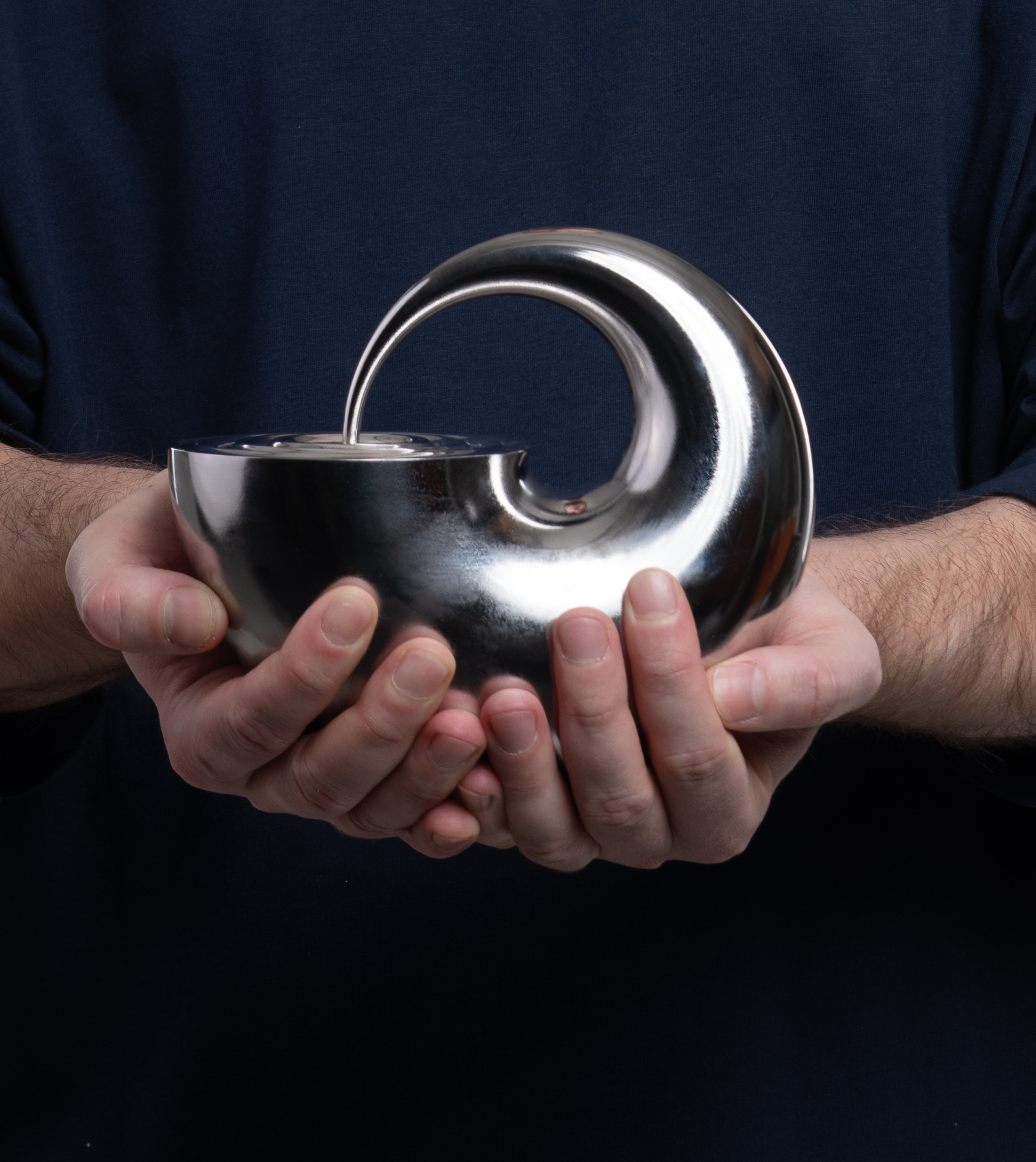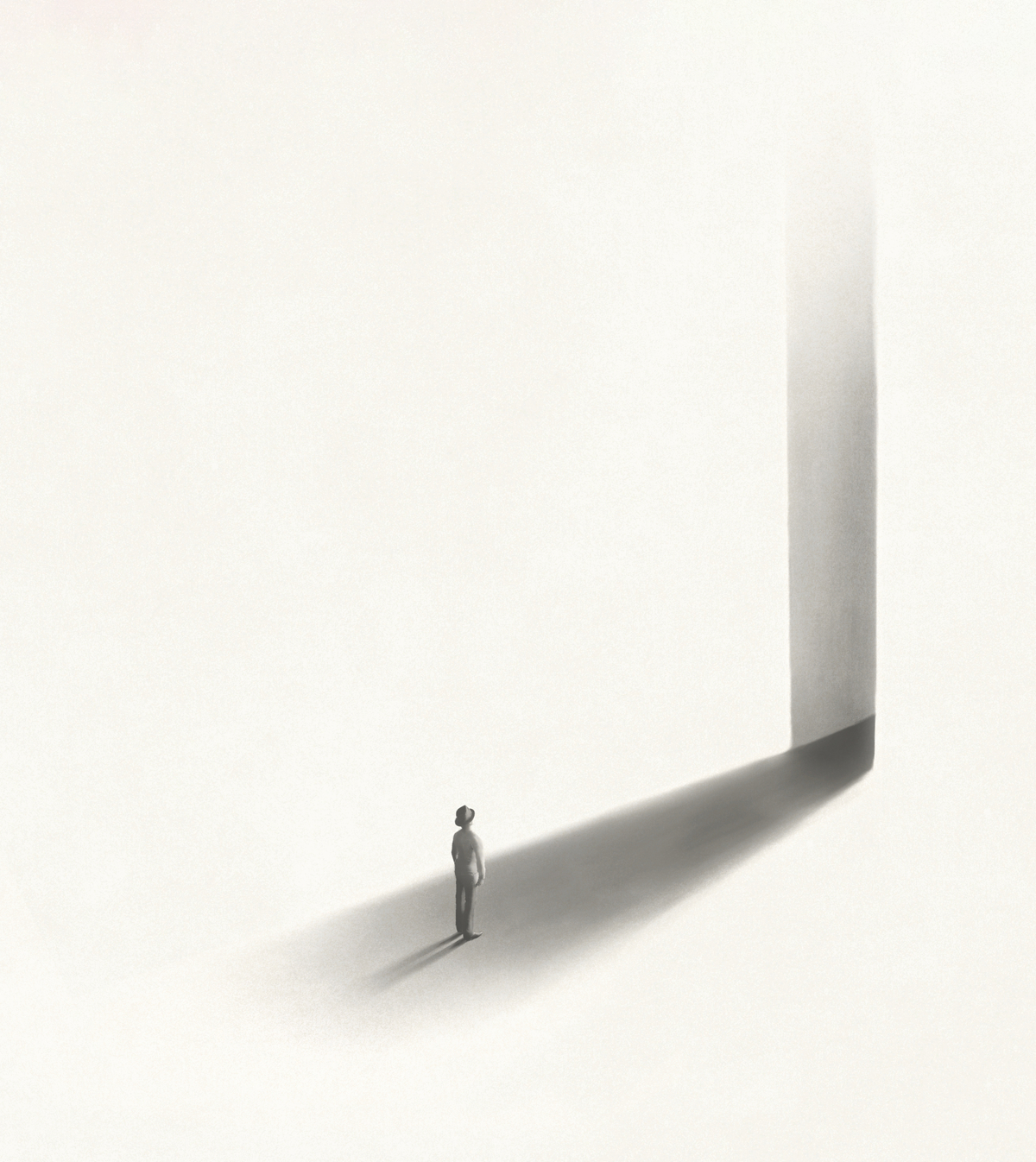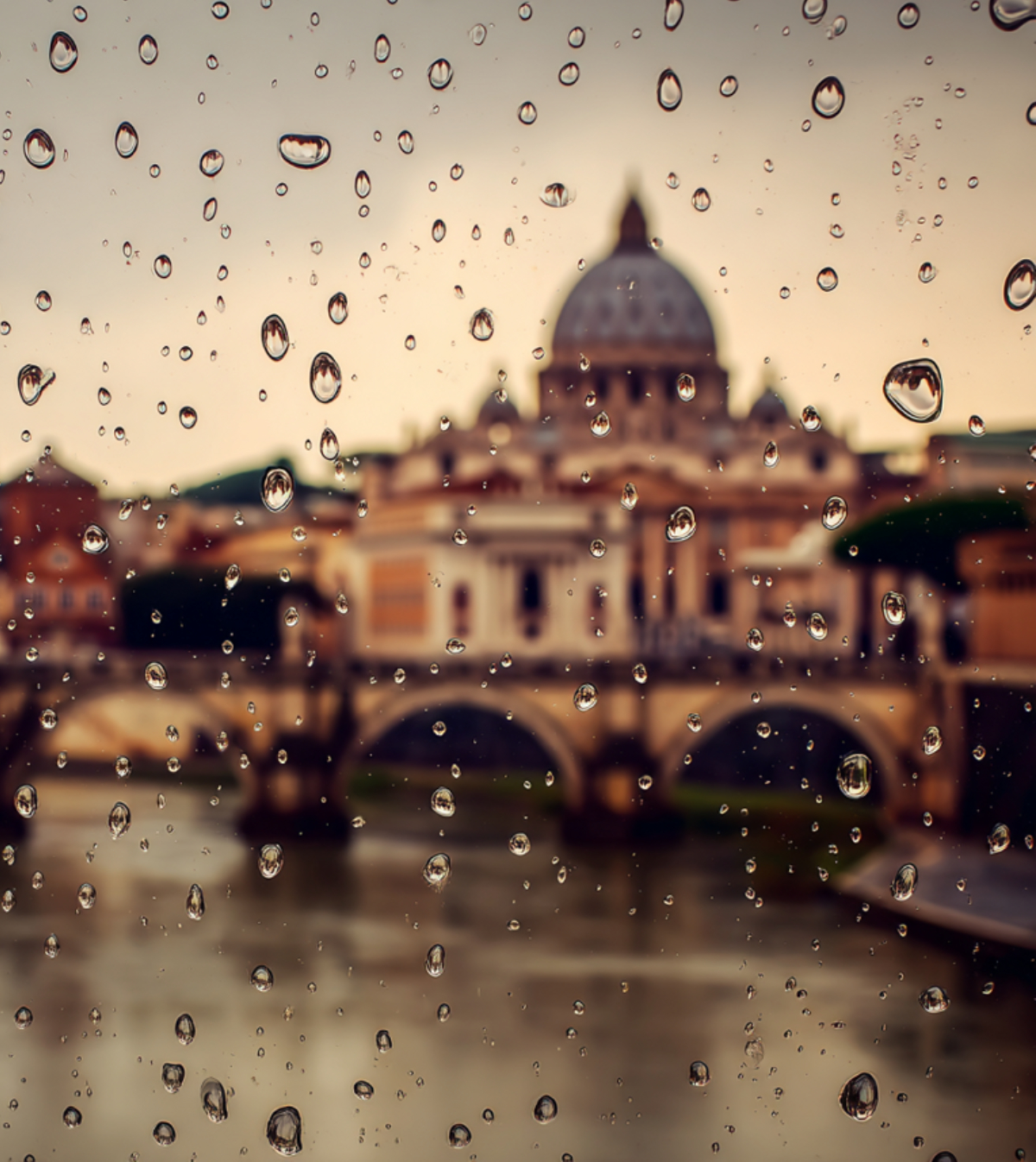We’d like to take the opportunity to introduce you to one of our Honorable mention winner for our "Virtual Home" competition – Alessandro Rigamonti, Marco Fabris, Stefano Capuzzo and Elia Citron from Italy!
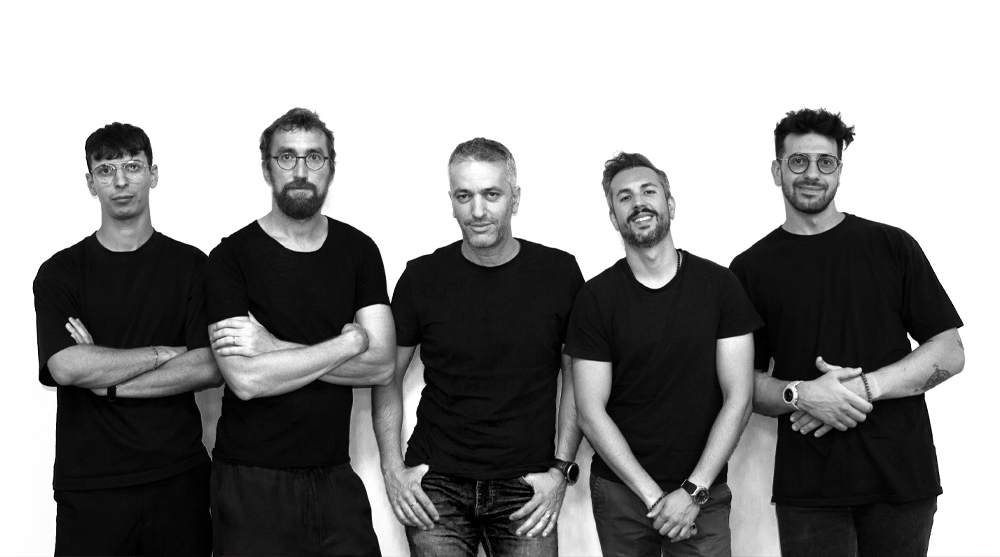
QDS from Italy
QDS is Alessandro Rigamonti (1986), Marco Fabris (1983), Stefano Capuzzo (1975).
The founders of the firm conduct their research and design activities in Italy and around the world for over ten years in collaboration with internationally renowned professionals and companies. They form their experience through several projects in the fields of furniture design, architecture and exhibition design, including: Kuwait National Pavilion and Vino "A Taste of Italy" Pavilion, with Italo Rota @EXPO2015 Milan; the art exhibition “Arts&Foods” and the 8th edition of the Triennale Design Museum "Kitchens & Invaders" both curated by Germano Celant. In 2019 the studio takes its current form as QDS, and currently accommodates five professionals from architects, designers and communication specialists.
Brief information about the projects that you/your company have been involved with. For instance, what scale have you focused on/preferred, any significant projects where the company/ individuals have been involved?
The studio works in different fields and through different methods, from architecture to exhibitions design, residential and commercial interiors, with particular interest in product design. We are currently working with some Italian master craftsmen to develop a series of furniture products characterized by distinct poetic content.
What does architecture mean to you and what is the role of an architect in your society?
As a studio we share the goal of reveal the beauty through the narrative power of the poetic image enclosed in our creations. We operate as active spectator of the social, relational and emotional values that influence the design process, and translate them into forms with a strong narrative character. Therefore, we approach the subject of the project in a way that is genre-oriented rather than style-oriented. Genre is crucial because therein lies the nature of the artwork and the higher, more complex theme of narrative. The focus is always on the context and the process that best suits the narration of that particular story, each project is characterized by a consistent and specifically researched language.
Why do you participate in architecture competitions?
The competition is a free place dedicated to abstraction and experimentation, where knowledge and imagination can be combined in the creation of ideal human scenarios through architecture and design.
What advice would you give to individuals who struggle to decide whether it would be benefificial for them to participate in architecture competitions?
A competition is a showcase to share a vision with the world, an opportunity to address social and design themes, even non-ordinary ones. Beyond the achievement, the ability to focus on ideas, the need to represent them to the best, and the necessity to meet deadlines are the ideal training ground for high-profile professional practice.
Top 3 Reasons Why You Should Enter Architecture Competitions
Curious about the value of architecture competitions? Discover the transformative power they can have on your career - from igniting creativity and turning designs into reality, to gaining international recognition.
Learn more

